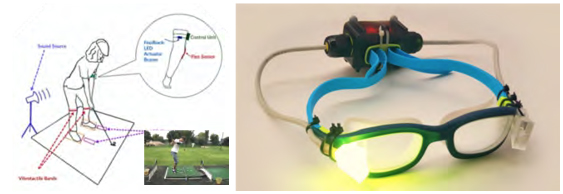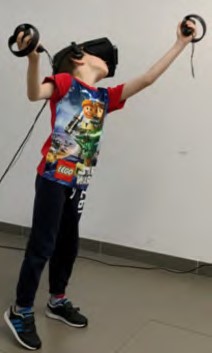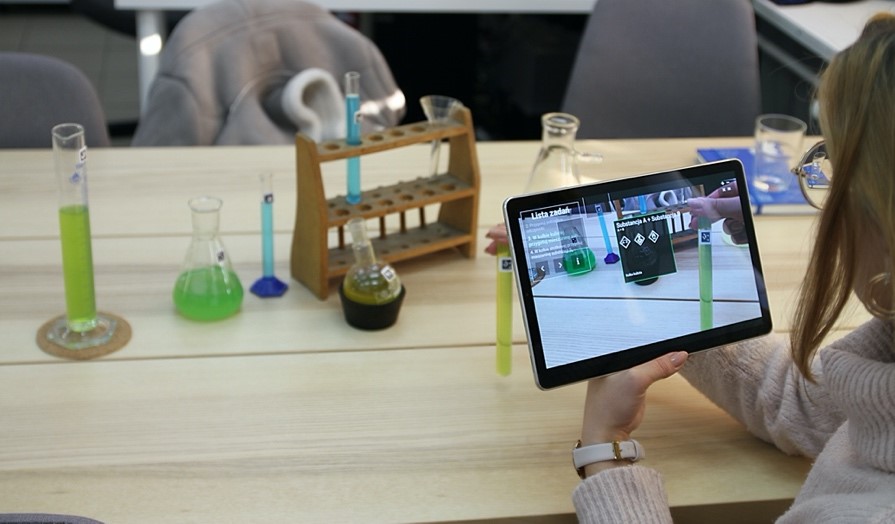Our Institute actively carries out research in the field of human-computer interaction and ubiquitous computing, discovering the potential of new technologies and the multitude of their applications in everyday life and professional contexts.
We conduct research and scientific work on supporting amateur athletes in effectively achieving their goals using innovative technological solutions. The Subtletee system increases awareness of your own body, helping you learn to play golf. The results of the research, in which we compared various ways of communicating with the system and their impact on maintaining the right posture while playing golf, showed the positive effects of the proposed audiovisual and haptic solutions.
The Clairbuoyance [1] is a directional navigation aid for open water swimmers. The developed interactive swimming goggles allowed for the implementation and comparison of a number of models of navigation signals and the development of an optimal solution. The invention was positively verified in an experiment in which swimmers covered non-linear sections in an Olympic swimming pool (50m).
SpiderHand [2] is a new approach in the treatment of arachnophobia, offering a unique combination of touch simulation and contact with live animals. The robotic arm recreates the movements of the user's hand, offering a quasi-direct interaction with the spider - the object of the phobia.
Mixed Reality [3] has been used in the therapy of the "lazy eye syndrome" - a childhood disease of the visual system, consisting in uneven activity of the eyeballs. An interactive video game was created using mixed reality goggles to stimulate the weaker eye to action during engaging gameplay.
TomoVis helps industry experts to analyze CT data more efficiently and conveniently. The proposed system supports teamwork through the simultaneous use of interactive tables [4] and mixed reality tools, allowing for dynamic analysis in the production hall [5].
ARchemist [6] is a didactic tool for training young students of experimental chemistry. A modern solution based on the use of augmented reality offers help in learning procedures and techniques in the laboratory, directing the student's attention to what is really important and enabling constant control over the state of the experiment.
[1] F. Kiss, et al. Proc. CHI ’19. ACM 2019, paper 237
[2] M. Woźniak, et al. Proc. UbiComp/ISWC ’19 Adjunct. ACM 2019, 230-233.
[3] A. Nowak, et al. Proc. IBICA 2018. Springer 2019, 939: 431-439.
[4] M. Woźniak, et al. Proc. AHFE 2018. Springer 2019, 793: 90-100.
[5] A. Nowak, et al. Proc. UbiComp/ISWC ’19 Adjunct. ACM 2019, 168-171.
[6] M. Woźniak, et al. Proc. CHI ’20 EA. ACM 2020,



